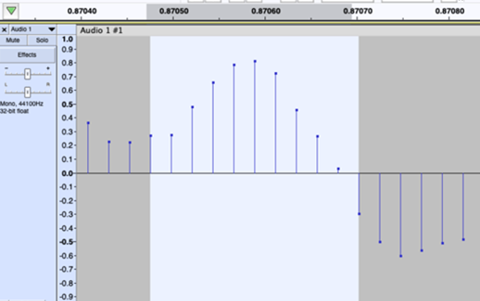Representing audio in digital systems
In this lesson, students explore how digital systems represent audio. They learn about the concepts of sampling and digital audio representation. Through activities and discussions, students discover how audio is converted into a digital format and the advantages and limitations of audio representation in digital systems.
Additional details
| Year band(s) | 7-8 |
|---|---|
| Content type | Lesson ideas |
| Format | Web page |
| Core and overarching concepts | Data representation |
| Australian Curriculum Digital Technologies code(s) |
AC9TDI8K04
Explain how and why digital systems represent integers in binary
AC9TDI8K03
Investigate how digital systems represent text, image and audio data using integers |
| Keywords | digital format, audio, sampling, bitrate, Audacity, audio bites, sound waves, distortion |
| Organisation | ESA |
| Copyright | Creative Commons Attribution 4.0, unless otherwise indicated. |
Related resources
-
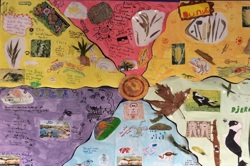
Classroom ideas F-10: Aboriginal and Torres Strait Islander connections to Digital Technologies
This resource provides examples of ways Aboriginal and Torres Strait Islander Histories and Cultures can be integrated into Digital Technologies. Examples include 'classification and sorting data' and 'designing solutions'.
-
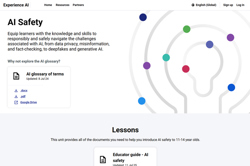
AI Safety
Equip learners with the knowledge and skills to responsibly and safely navigate the challenges associated with AI, from data privacy, misinformation, and fact-checking, to deepfakes and generative AI.
-
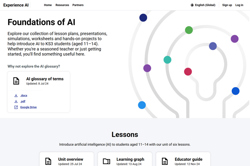
Foundations of AI
Explore our collection of lesson plans, presentations, simulations, worksheets and hands-on projects to help introduce AI to Years 7-8 students.
-
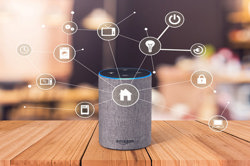
Home automation: General purpose programming
Investigate home automation systems, including those powered by artificial intelligence (AI) with speech recognition capability.
-
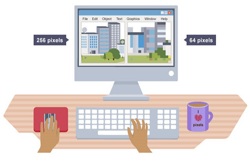
Representing text, images and sound
Learn about how text, images and sound are represented in binary.
-

Give Binary a Try!
This document provides activities on binary and its real-world applications, such as in clocks.
-
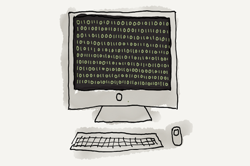
Binary
This lesson integrates data representation and programming for students who are looking for a challenge. It presents the concept of binary digits and base-2 notation.
-
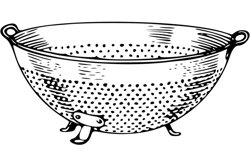
Describing an everyday object
In this lesson, students act like the inventor of an everyday object that does not yet exist.
